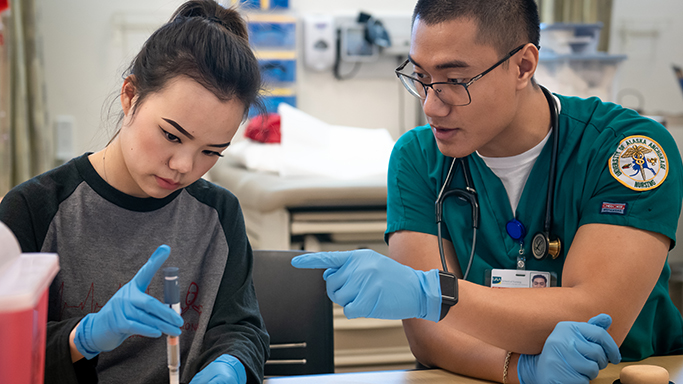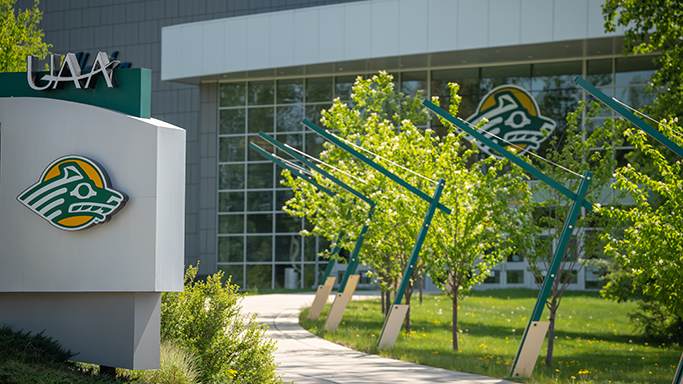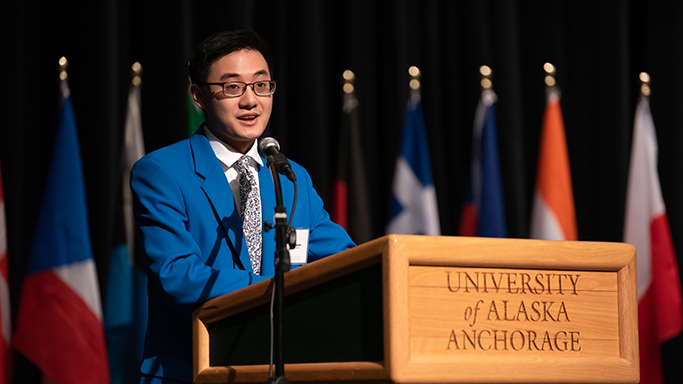Diagnostic Medical Sonography
The Diagnostic Medical Sonography (DMS) program provides education and training to prepare students for employment as a general sonographer. The program also prepares students for national certification exams from the American Registry for Diagnostic Medical Sonography and the American Registry of Radiologic Technologists, which many health care employers require.
Sonographers use a transmitting device called a transducer to send out high-frequency ultrasound waves into a patient. The reflected sound forms echoes, and those echoes generate a visual representation of the patient’s internal organs, vasculature, and other soft tissue structures. The images produced are used to diagnose, treat, and screen for medical conditions. Sonographers work under the supervision of a radiologist or other physician in a variety of medical settings and health facilities.
The diagnostic medical sonography profession has three primary career paths: general sonography (abdominal organs, pregnancy, female reproductive system, and most of the other body systems), cardiac sonography (heart), and vascular technology (blood vessels).
Why choose Diagnostic Medical Sonography at UAA?
![]()
The UAA DMS program boasts a 100 percent pass rate on the American Registry of Diagnostic Medical Sonographers’ Sonographic Principles and Instrumentation Exam.
![]()
The average hourly wage for diagnostic medical sonographers in Alaska is $46 (Alaska Department of Labor and Workforce Development).
![]()
Receive individualized instruction and attention with expert faculty in the classroom and labs.
![]()
The diagnostic medical sonography program at UAA is the only CAAHEP accredited program in Alaska.
Contact Us
(907) 786-4346
uaa.sonography@alaska.edu
Physical Address
UAA School of Allied Health
Allied Health Sciences Building
3500 Seawolf Drive, AHS 148
Anchorage, Alaska 99508
Mailing Address
UAA Diagnostic Medical Sonography
3211 Providence Drive, AHS 148
Anchorage, Alaska 99508















